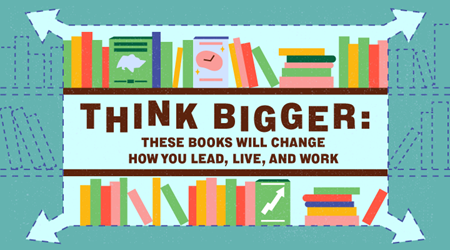Out-Of-Office Messages: The Dos And Don’ts

You have cleared most of your tasks and are almost ready to go on leave. But there is one little detail you should not overlook lest you be disturbed during your break: an out-of-office message.
Most email service providers allow you to activate this feature and customise a message to convey your absence.
Some keep these very simple by informing people they will be away. Others prefer to have a little fun with these messages.
But before you start putting one together for yourself, consider the following tips.
What to Include
The exact dates of your time off. Remember to change dates if you are reactivating the same message from the last time you used it.
Next, give people a reason for your absence. This is important for people who might still try to reach you. Indicating that you are taking vacation or personal time would deter them from trying to contact you.
If possible, include the names of people one can contact while you are away. Provide their numbers and email addresses. Go a step further to indicate whom to reach for which specific reason.
What to Avoid
What may be urgent to someone else may not be the same to you, and vice versa. So adding a line on how they can reach you if it’s “urgent” may end up being frustrating for both you and the sender.
If you really want to enjoy time away from work, do not give someone a means of contacting you, unless you are absolutely willing to attend to their request. Besides, taking leave is a way to recharge and refresh yourself, and you should trust that your colleagues would be able to handle things while you are away.
Also, you might be excited about your plans away from the office, but there is no need to furnish specific details. A generic “vacation” or “personal/family time” would suffice.
Do not put your colleagues in a spot by committing how quickly they would be able to respond to emails in your absence. They have their own workload too. More importantly, before you provide their names and contact details, do check that your colleagues can serve as your substitutes in the first place. There’s nothing more frustrating that receiving multiple out-of-office replies from a team that’s all on leave for various reason.

The point about commitment should apply to you as well. Do not overcommit by telling people you will get back to them as soon as you return to the office. You are bound to have a substantial amount of work to clear upon your return, and making a promise you might have to break would not reflect well on you. If you must, go with “I will get back to you as soon as I can”.
Finally, proofread your message to weed out typos. The autoreply could be read by anyone from your manager to an important client, and you would want to avoid any embarrassment.
Examples of Out-of-Office Messages
The Serious
“I am out-of-office and will return on XXXday OR dd/mm. I have limited or no access to email and my responses will be delayed during this time.”
“Thank you for your email. I am away until XXday OR dd/mm. If there is something that requires urgent attention, you can reach out to my colleague, [insert name here] at [phone/email]. Thank you.”
Simple and to the point. This lets people know you cannot immediately respond to messages. In the case of the second example, one has the option to contact someone else to address their needs.
The Decompress
“Is email eating you alive? Me too! Hence this auto reply. If you’re reaching out about an existing collaboration, I’ll get back to you shortly. If not, please accept my apologies that I am unlikely to reply.”
This is an out-of-office reply that prioritises boundaries and mental health.
From Cheeky to Bold
“I am out of the office and probably chilling on the beach. Enjoy your work week.”
Do exercise some caution with curt messages. Be sure you are familiar enough with people who are likely to email you so that such a message elicits a chuckle and not annoyance.

“You are receiving this automatic notification because I am out of the office. If I were in, chances are you wouldn’t have received anything at all.”
True story for some people.
“I am currently out at a job interview and will reply to you if I fail to get the position.”
Don’t try this unless you are known for your jokes, or are sure to get the job.
Lead Generation
Use your out-of-office message as an opportunity to direct people to the services and products you are in charge of. You could add a clickable banner or call-to-action.
Alternatively, you could use your out-of-office message to drive more eyeballs to your content by linking it to your website, online resource, or social media accounts as shown below:
“Hello, thank you for your email. I am out of the office now and will not return until dd/mm. Thankfully though, our resources never take time off, and we have a whole range of content for your reading (and listening) pleasure on our website. Click here to get started/Follow us on social media at [insert social media handles]!”
What are some of the best out-of-message replies you have seen? Share them with us here

For more stories like this, subscribe to the Challenge newsletter or follow the Challenge Telegram channel.
- POSTED ON
Sep 21, 2021
- TEXT BY
Keval Singh
- ILLUSTRATION BY
Mushroomhead








